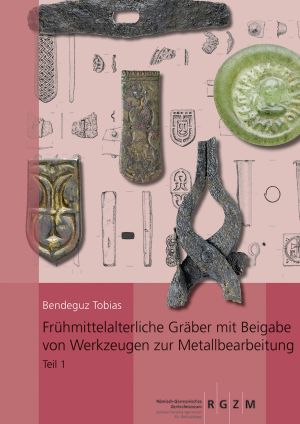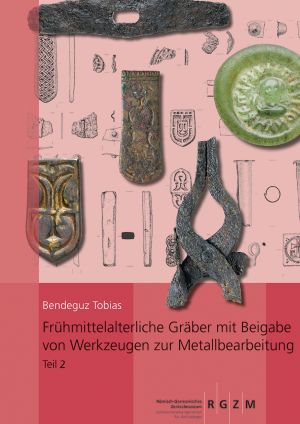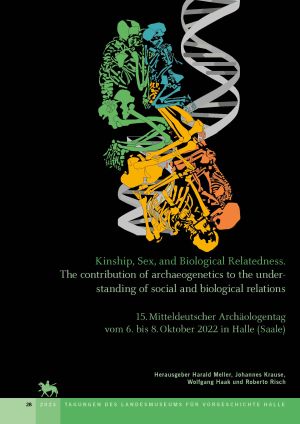Tobias, Bendeguz
Frühmittelalterliche Gräber mit Beigabe von Werkzeugen zur Metallbearbeitung
The custom of giving metalworking tools to a deceased person in the grave has been known since the Copper Age and is widespread in Europe, Asia and Africa. This volume attempts to trace this practice, taking into account the spiritual culture of the respective epoch. The picture of the archaeological legacy is completed by written and pictorial sources.
The work gives an overview from the Copper Age to the Middle Ages of all the graves in which forging tools were found. A few selected examples from the early Middle Ages are treated in more detail in individual studies.
In addition to the archaeological findings, epigraphic, iconographic, documentary and historical sources provide the basis for a new interpretation.
Volume 2, s. here.
Frühmittelalterliche Gräber mit Beigabe von Werkzeugen zur Metallbearbeitung
The custom of giving metalworking tools to a deceased person in the grave has been known since the Copper Age and is widespread in Europe, Asia and Africa. This volume attempts to trace this practice, taking into account the spiritual culture of the respective epoch. The picture of the archaeological legacy is completed by written and pictorial sources.
The work gives an overview from the Copper Age to the Middle Ages of all the graves in which forging tools were found. A few selected examples from the early Middle Ages are treated in more detail in individual studies.
In addition to the archaeological findings, epigraphic, iconographic, documentary and historical sources provide the basis for a new interpretation.
Volume 1, s. here.
Kinship, Sex, and Biological Relatedness : The contribution of archaeogenetics to the understanding of social and biological relations
Relationships between people have always been the basis of social coexistence. Kinship – whether it is biological or social – has a very special significance. In archaeology, these immaterial connections have rarely been proven beyond doubt. In recent years, however, the field of archaeogenetics has developed methods and techniques that, given good DNA preservation, make it possible to determine the degree of genetic relatedness between two people who lived in the past.
The studies collected in this book, draw their knowledge on kinship from the fields of anthropology, archaeology, genetics, and the historical and social sciences. They demonstrate, on the basis of recent or previously known sites, which conclusions the new scientific insights allow on the one hand, but on the other hand also point out their limitations in the interpretation of (pre-)historic societies.









